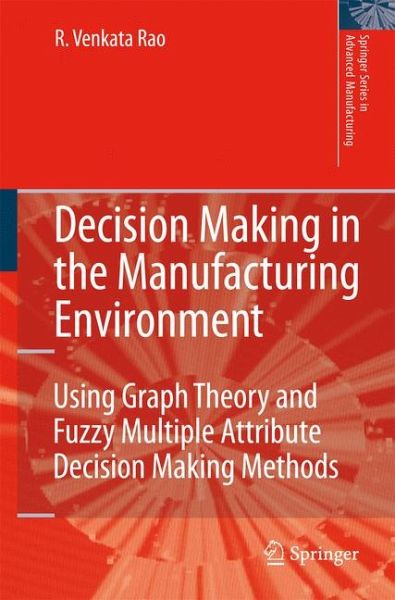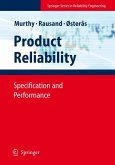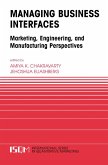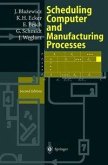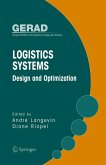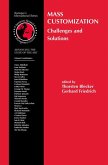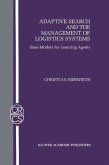This book shows how graph theory and matrix approach, and fuzzy multiple attribute decision making methods can be used in manufacturing. Part I introduces the decision making situations in the manufacturing environment and presents decision making methods; Part II uses case studies to illustrate the applications of these methods in real manufacturing situations.
This book will interest designers, manufacturing engineers, practitioners, managers, institutes involved in design and manufacturing related projects, researchers, academics, and graduates in this field.
Dieser Download kann aus rechtlichen Gründen nur mit Rechnungsadresse in A, B, BG, CY, CZ, D, DK, EW, E, FIN, F, GR, HR, H, IRL, I, LT, L, LR, M, NL, PL, P, R, S, SLO, SK ausgeliefert werden.
Decision makers in the manufacturing sector frequently face the problem of assessing a wide range of alternative options, and selecting one based on a set of conflicting criteria. The book helps readers to understand and solve this important problem using graph theory, matrix-based approach and fuzzy multiple attribute decision making method. The approaches discussed in this book are very effective for decision making in various real-life situations of the manufacturing environment. The major salient feature of the book is its depth in covering many real manufacturing world applications (25 in total) of the proposed methods.
The complete basket of applications treated in Part 2 of the book reveals a holistic understanding of the manufacturing environment, which is quite heterogeneous and dynamic in nature. The methods presented in the book can be very useful to the decision makers in the manufacturing sector, as these methods make decision making easier, systematic, and effective. Furthermore, the methods can be used for solving any type of decision making problem in any field involving any number of alternative options and criteria.
It is apparent that the author has a full grip on the subject and therefore his treatment of the subject matter is sound and up to mark. This book is useful for both the first time readers in this area as well as those involved in high end research in multi-criteria decision making. The book is easy to read and follow. It has a very clear structure and message, focusing on key strategic topic of decision making in the manufacturing environment. The book is highly appropriate for designers, manufacturing engineers, managers, R&D organizations, academicians, and graduate and post-graduate students.
Ravi Shankar, Ph.D.
Associate Professor
School of Management
Asian Institute of Technology
[T]he techniques presented in thisbook will be helpful to the decision makers employed in the manufacturing environment, as through their implementation the decision-making process should be made more systematic, simple, and effective.
The structure of the book is clear and easy to follow; although, from a reader's perspective the book would have benefitted from a concluding chapter just to summarize the approaches and their implementations with the specific case studies. The author has targeted this book at graduate engineers and academics working with the manufacturing sectors. This aim has been accomplished, but because of the techniques presented, it is not going to be a 'shop floor manual' for all engineers. At present the book is expensive, but notwithstanding this book would be an asset in any academic establishment library or to an engineering manager's book case.
Proceedings of the Institution of Mechanical Engineers, Part B: Journal of Engineering Manufacture 223 (2009) 1505 (Reviewer: J. Matthews)

